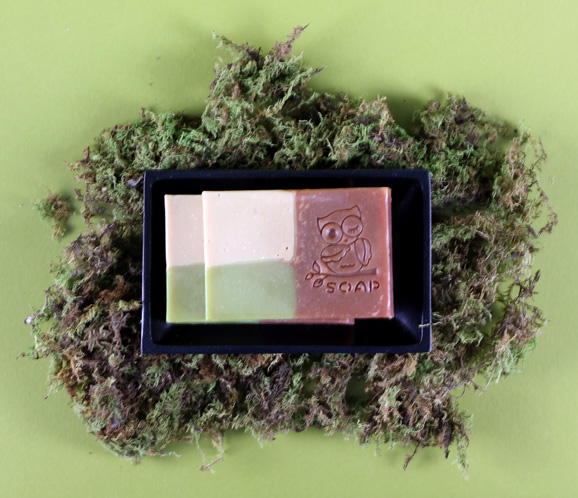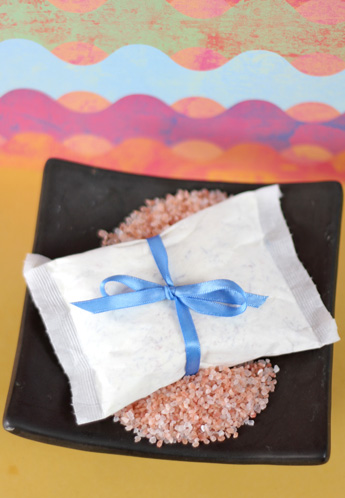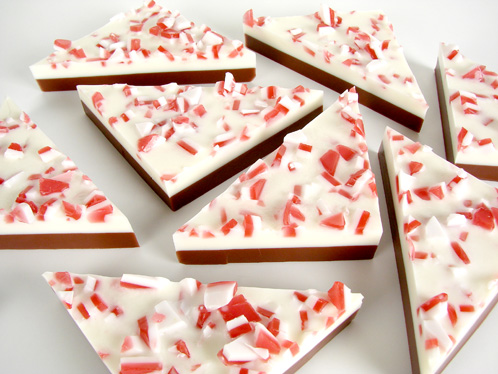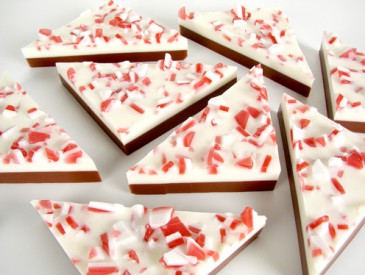Are you ready to get creative with a new cold process technique? Then this is the project for you. I got a little crazy and experimented with a third divider in the vertical mold. And to get even more creative I added powdered goat milk to the recipe. Powdered Goat milk is easier to use and store than fresh goat milk and is very quick to mix-up when using our little mini-mixer tool. You’ll also notice in the instructions that I added the goat milk at trace, which is an easy way to add the goat milk without turning the soap brown. Oh…and if you’ve never used Apple Jack Peel, you’re in for a real treat! Enjoy!















